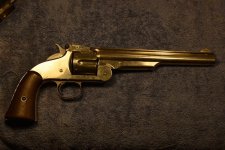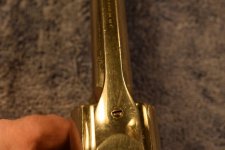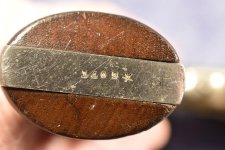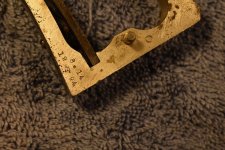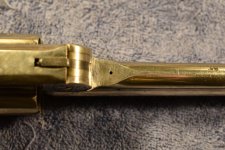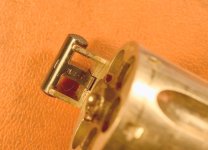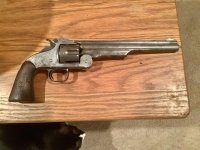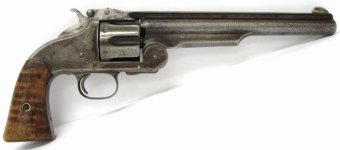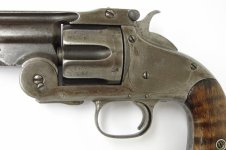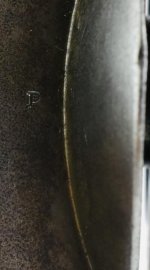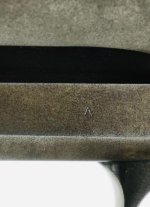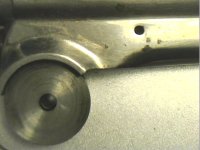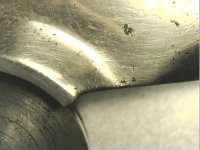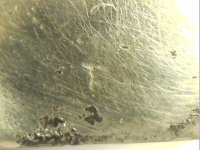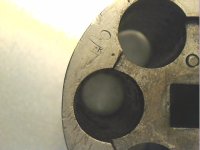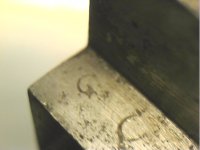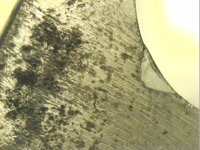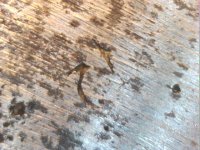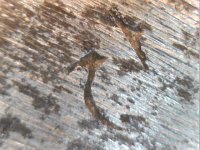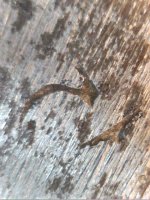- Joined
- Dec 1, 2022
- Messages
- 694
- Reaction score
- 1,135
Hi There,
As the title says, I recently received a early 1st. Model No. 3
and I would like to share it with you.
This one is a Veteran of the Indian Wars period of the great wes-
tern expansion. According to the Factory letter, this one was
originally a blue one but now sports a nice nickel finish (as
you can see). Under the left grip panel are two dates attesting
to returns made in 8 . 14 and 12 24. I assume it was during
one of these returns that the revolver was refinished in nickel.
Here are some pics for you to look at.
Cheers!
Webb
As the title says, I recently received a early 1st. Model No. 3
and I would like to share it with you.
This one is a Veteran of the Indian Wars period of the great wes-
tern expansion. According to the Factory letter, this one was
originally a blue one but now sports a nice nickel finish (as
you can see). Under the left grip panel are two dates attesting
to returns made in 8 . 14 and 12 24. I assume it was during
one of these returns that the revolver was refinished in nickel.
Here are some pics for you to look at.
Cheers!
Webb


